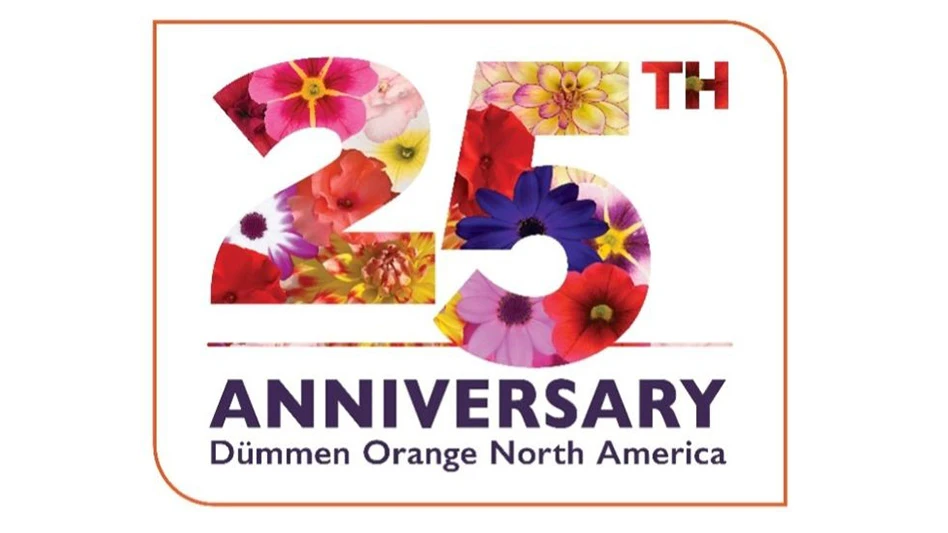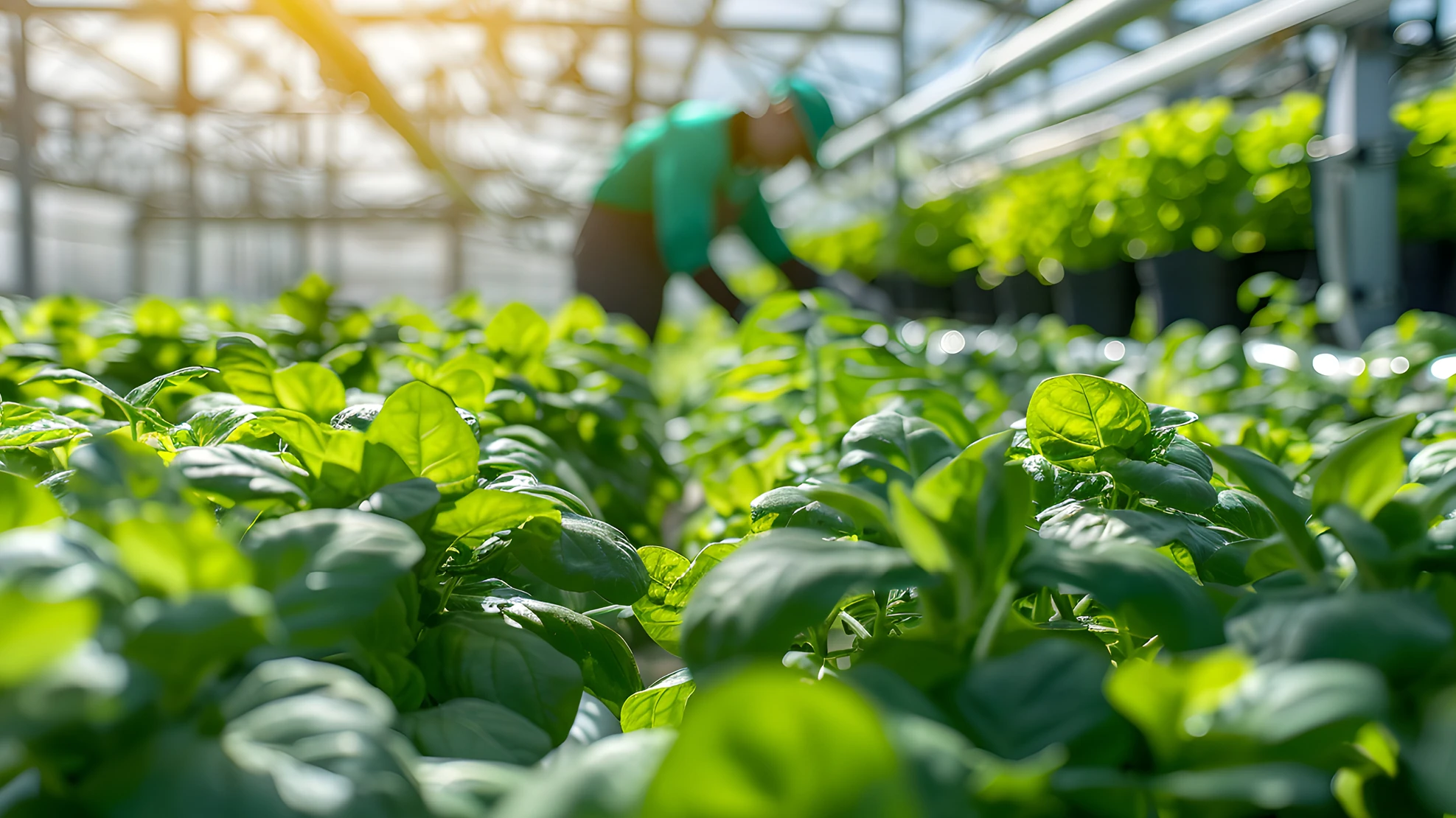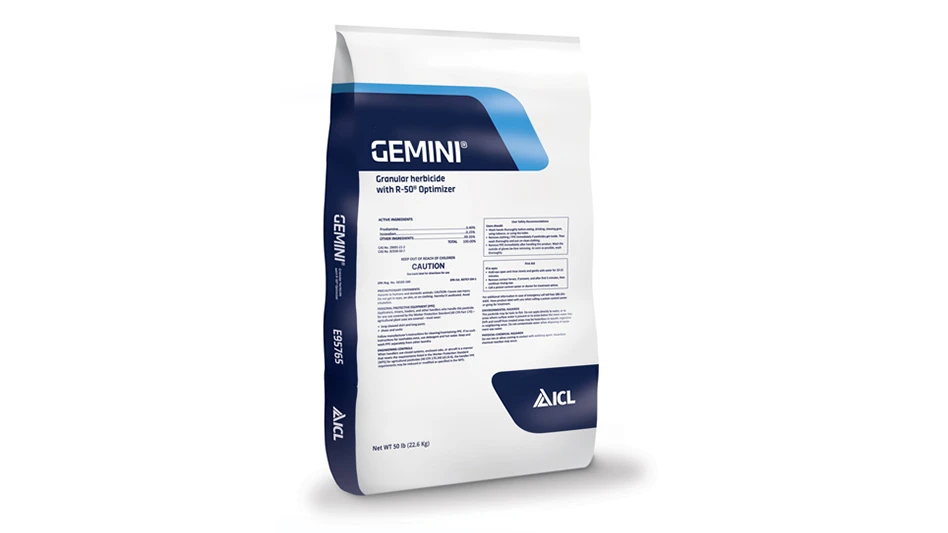
Brad's Bedding Plants
Sometimes, opportunities arise from tragedy. Brad’s Bedding Plants’ Fort Pierce, Florida, operation sustained collateral damage from Hurricane Helene’s path of destruction as it made its way up the Sunshine State’s western coast.
“We got knocked out pretty hard there from the impact of an E-4 tornado that just leveled the property. So, we’ve suspended our growing operations (in Fort Pierce) and are trying to recover and get it ready for spring (2025),” says Seth Marrero, production manager at Brad’s Bedding Plants, which spans 50 acres in Delray Beach and around 30 acres in Fort Pierce.
Established in 1987, Brad’s produces millions of plants annually. They sell wholesale to the landscape and property management trades, as well as some contract growing for a large, out-of-state greenhouse company.
“We’re excited about building up Fort Pierce again,” he says. “We’re looking at it as a blank canvas. We now have a clear vision for the potential that Fort Pierce has for us.”
Greenhouse Management spoke with Marrero about the outlook and challenges for spring 2025, as well as his tips on pest management, labor efficiency and finding spring success.
Greenhouse Management: As you close the books on 2024, what’s your outlook for 2025?
Seth Marrero: Heading into spring, we’re getting strong early orders from companies. So, we’re seeing a good spring in 2025. Last year (2024) was a record spring for us, and we had a really good year. Spring was solid and lasted well into June and July. And we’re seeing the same trajectory (for 2025). In fact, we’re getting a lot more calls from out-of-state growers who want to partner with us to produce more finished crops for them earlier in the spring. So, we’re forecasting a really strong spring with our purchasing, and we’ve been purchasing and ordering plants to meet (that demand).
GM: What do you foresee are your top three concerns or challenges heading into spring 2025?
SM: Weather, for one, is a big challenge and has forced us to make adjustments. An unusually cold February or March will slow down crop times. So, this year, we’re going to bump the crop times up and actually get plants and material in earlier, root it and try to finish it a little bit quicker to meet the hurdles that Mother Nature can throw at us.
We’ve had an invasive thrips species — Thrips parvispinus — come into Florida over the last couple of years that continues to be a challenge for us. The University of Florida has done a good job addressing this. It’s coming down to IPM strategies, and the biggest thing is rotation, rotation, rotation — switching modes of action and active ingredients. What we’ve seen success in is getting IGRs out there — like azadirachtin (neem oil), Azatin O and Pedestal. You’ve got to use (the IGRs) once a week and then rotate them out. It busts up the immature stages (of the thrips) and gets us clean plants to finish the season strong.
And the third challenge is maximizing efficiency with our labor. While we haven’t had an issue with finding labor, labor costs are going through the roof. So, that means we need to be way more efficient with how we’re handling our production. If we’re missing things, putting plants in a bad environment or not getting good plant health, then we’re spending a lot of labor on crops that aren’t good and then trying to fix those mistakes.

GM: You identified labor efficiency as one of your keys to success. What are the processes or procedures that make you more efficient in the field?
SM: Showing people what you expect and how you expect (the task) to be done and what you’re looking for at the end is going to feed into your efficiency and your success.
In the greenhouse, are we checking pH and monitoring EC to make sure the plants are getting what they need? Are we pinching when we need to pinch to get more lush plants?
When I talk about efficiency, these are the key things. If we know we’ve got to plant 100,000 flowers this week, then let’s get those trays made and those carts ready to go. Let’s get the ground treated and sanitized. Let’s make sure the irrigation is working properly. Let’s make sure the plants are rooted properly. The minimum we want to touch a plant is two to three times.
GM: How do you ensure that level of oversight and efficiency?
SM: You need to give people guidance … they don’t want to do (the process) wrong. When you see a problem, you’re going to get frustrated. However, people are looking for you to teach them the correct way that you want (the task) done. Yes, you may have to do it multiple times … it’s not going to be a one-and-done scenario. I tell (crews) all the time, “I don’t want it done fast. I want it done right.”
Mike Zawacki is a Cleveland-based writer and frequent contributor to GIE Media’s horticulture publications.

Explore the January 2025 Issue
Check out more from this issue and find your next story to read.
Latest from Greenhouse Management
- Flexible fungicides
- Super Charged Moon Juice from Moon Valley Nurseries now available nationally
- 2025 Proven Winners Horticulture Scholarship applications now open
- How to improve inventory and shipping management in the greenhouse
- Leading Women of Horticulture: Anna Ball, Ball Hort, and Terri McEnaney, Bailey Nurseries
- GM CEA HERB Part 2: A guide to increasing the sowing density of culinary herbs
- GM CEA HERB Part 1: Best practices for producing culinary herbs in controlled environments
- USDA fires experts on invasive pests, including Asian citrus psyllid, chilli thrips





